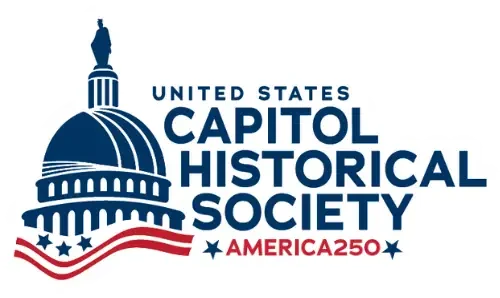Ronald A. Sarasin
December 31, 1934 – March 27, 2023
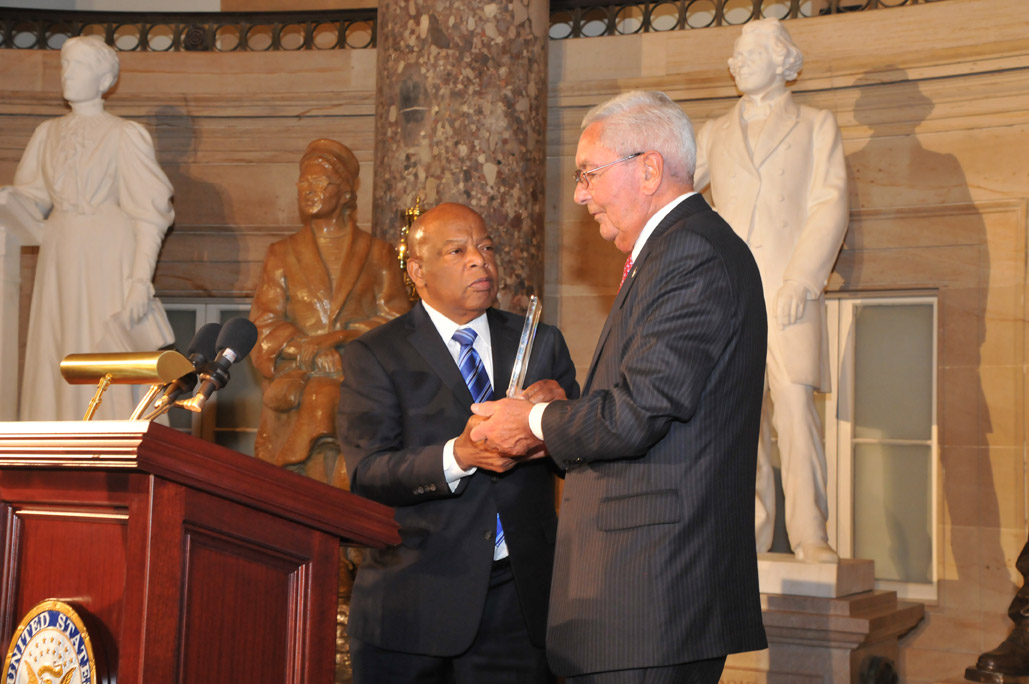
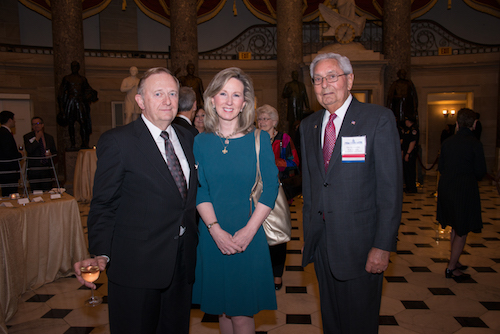
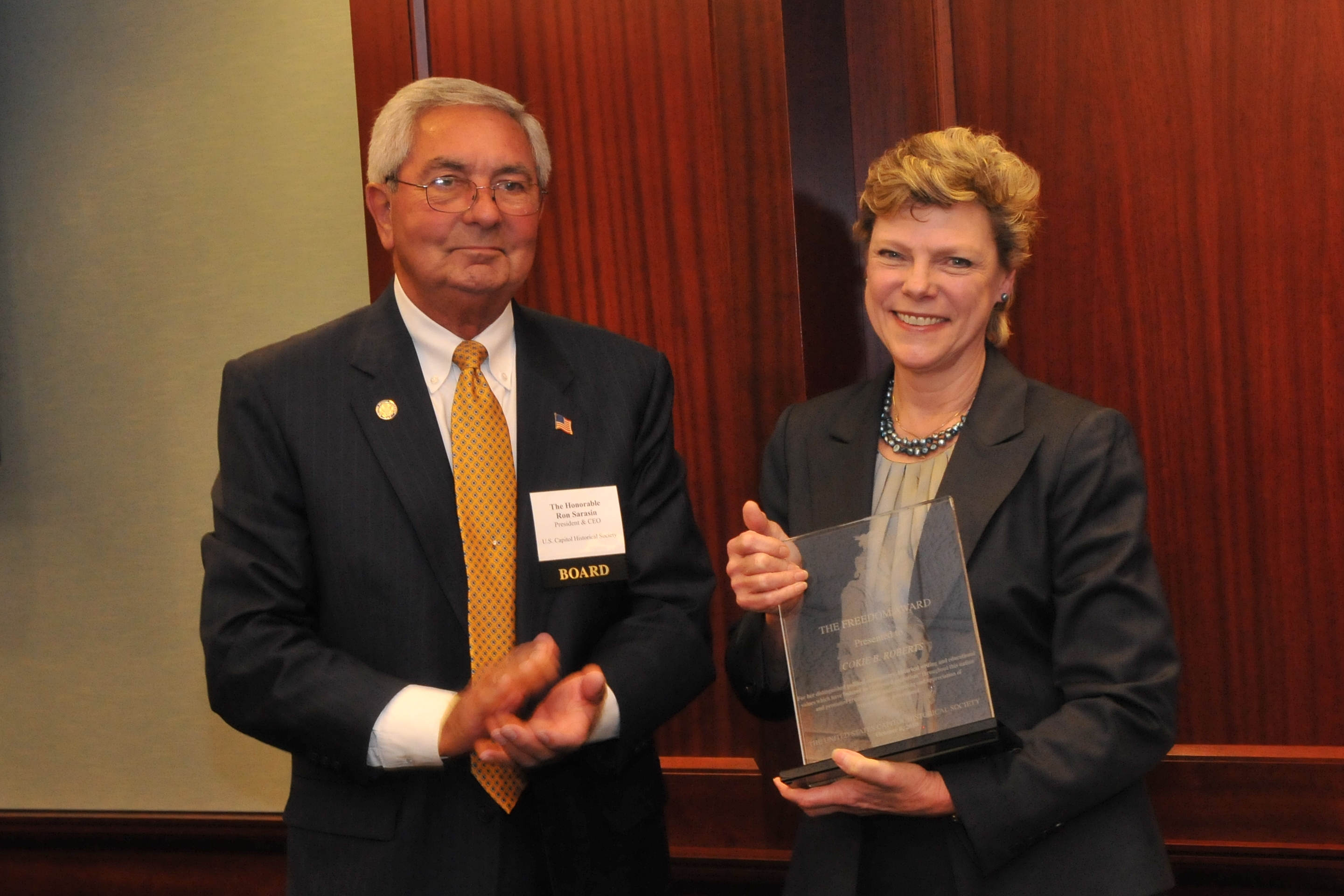
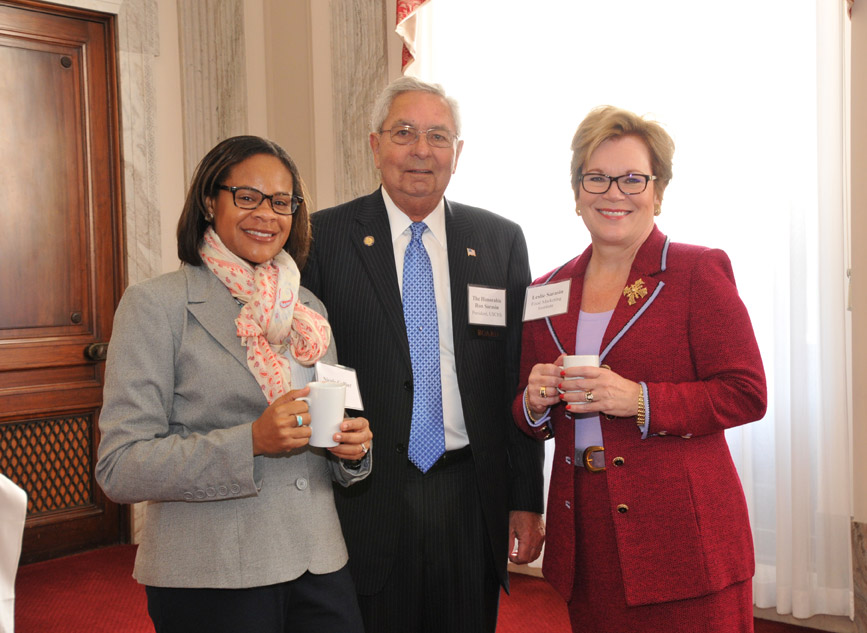
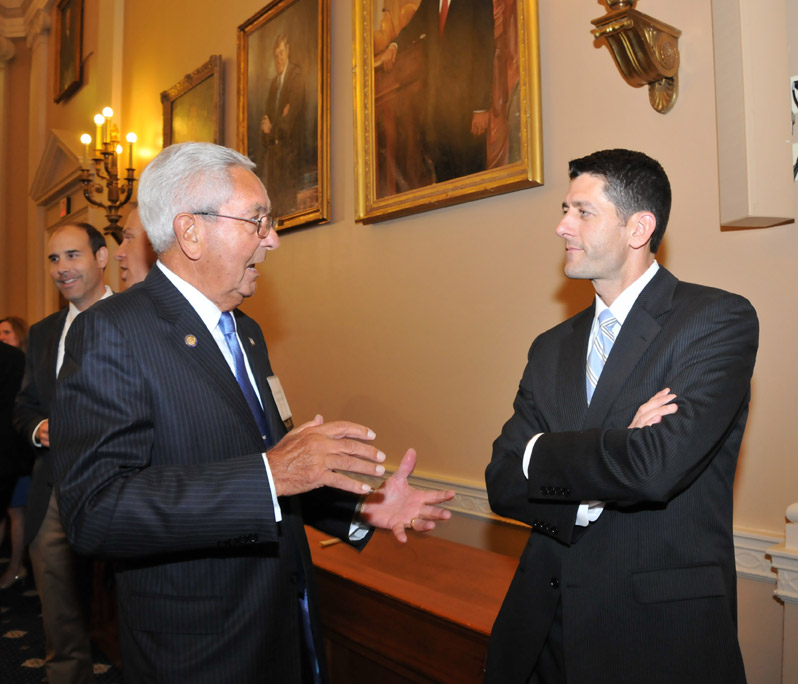
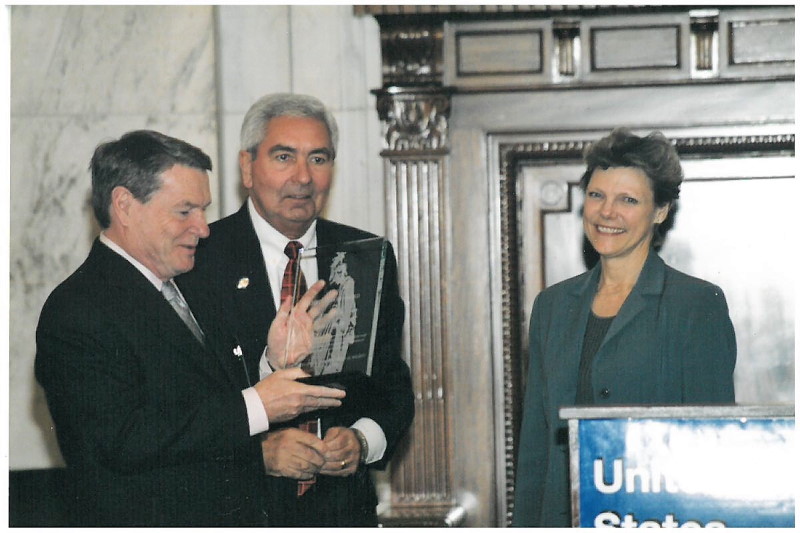
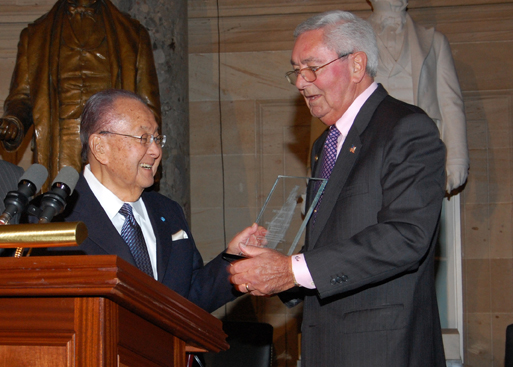
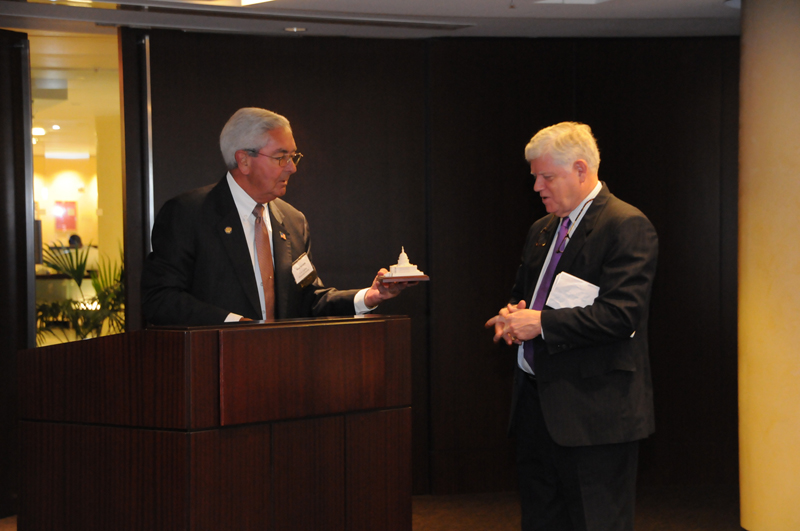
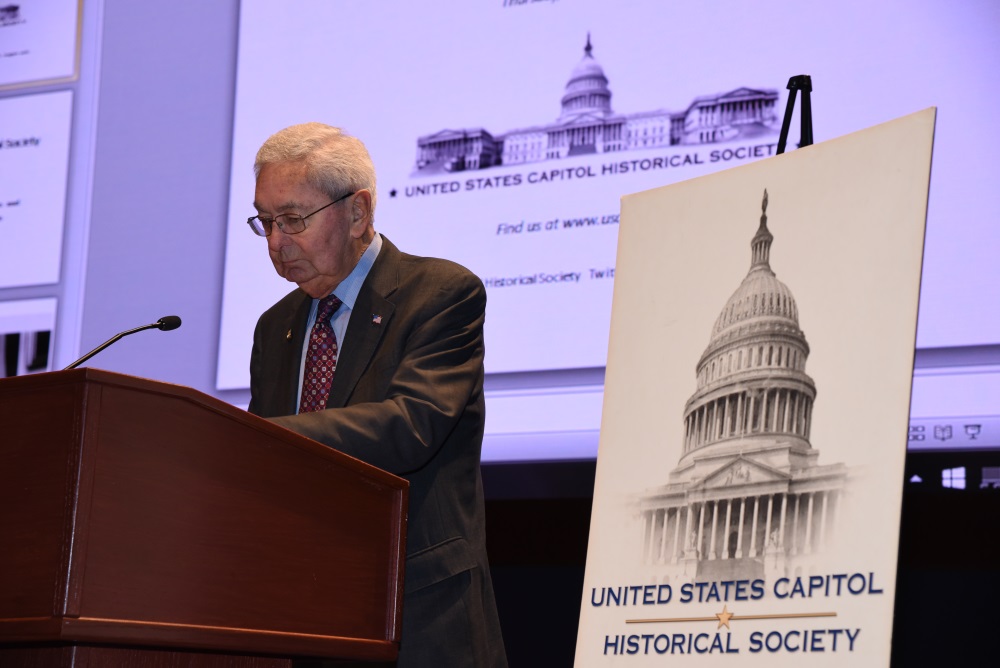

The U.S. Capitol Historical Society mourns the passing of Ronald A. Sarasin, who served as the third President/CEO of the organization from 2000 to 2018. A former U.S. Representative from Connecticut, Ron’s was a life of public service – as a sailor during the Korean War, in elected office, and in advocacy of causes he believed in.
Ron’s tenure as President/CEO of the Society was marked by strength in the face of challenges, and an overall growth in the scale and reach of the organization. He led the organization through the peril of the September 11, 2001, Terrorist Attacks – during which time the Society still operated a gift shop kiosk in the Capitol Crypt – and the ensuing closures of the Capitol. Likewise, Ron helped the Society navigate the turbulent waters around the creation of the Capitol Visitor Center and reach the safe-harbor of partnership with the new entity.
 Ron also oversaw the development and deployment of several major traveling exhibitions, including Where Freedom Speaks: 200 Years of the United States Capitol in 2000, a 2005 exhibit marking the bicentennial of the birth of Capitol artist Constantino Brumidi, and Helping Shape America: German Americans in the United States Congress from 1789 to Present in 2011. Perhaps most notable was the 2006 exhibit From Freedom’s Shadow: African Americans and the United States Capitol, for which Dr. Felicia Bell conducted groundbreaking research to document the role of enslaved labor in building the Temple of Democracy, and told the story of African American representation through the present day.
Ron also oversaw the development and deployment of several major traveling exhibitions, including Where Freedom Speaks: 200 Years of the United States Capitol in 2000, a 2005 exhibit marking the bicentennial of the birth of Capitol artist Constantino Brumidi, and Helping Shape America: German Americans in the United States Congress from 1789 to Present in 2011. Perhaps most notable was the 2006 exhibit From Freedom’s Shadow: African Americans and the United States Capitol, for which Dr. Felicia Bell conducted groundbreaking research to document the role of enslaved labor in building the Temple of Democracy, and told the story of African American representation through the present day.
The Society launched its premier civics education initiative under Ron’s leadership. Since the 2005-2006 academic year, the We the People Constitution Tour has brought more than 20,000 middle school students from DC public and public charter schools to visit sites of Constitutional importance throughout their city. At each stop, the students are met by experts and educators who can explain the history of their respective sites and the role these young adults can play in our Great Experiment. Initially built as a working group with the White House Historical Association, the National Park Service, and the Federal Courts, and several private partners, today the consortium has grown to include the active participation of the Supreme Court Historical Society and National Archives.
In accepting the 2004 National Humanities Medal on behalf of the Society, Ron displayed his characteristic humility and appreciation for his historic role: “The professional staff of the United States Capitol Historical Society is very grateful for this recognition of our efforts to continue the mission of our founder, Congressman Fred Schwengel of Iowa, to help the public ‘catch something of the fire that burned in the hearts of those who walked and talked in these halls’.”
Thanks for tending the flame, Ron. Our thoughts and prayers are with his widow, Leslie, and sons Michael and Douglas.
The funeral service was on May 20 at Gonzaga College High School’s St. Aloysius Church in Washington, D.C.
You can honor Ron’s legacy and his contributions to this organization by supporting the work of USCHS in his memory.
